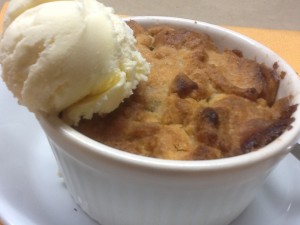Many years ago my Dutch friend Kien gave me this recipe for Dutch Apple Pie.
Using shortbread instead of pastry and an apple filling spiced with cinnamon and rum, this cake is delicious with a cuppa or served as a dessert, with ice cream or cream.
Shortbread:
250g plain flour
150g self-raising flour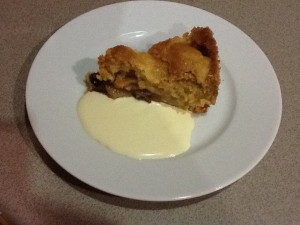
200g sugar
300g butter at room temperature
Filling:
125 sultanas
125g currants or raisins
750g peeled and sliced green apples
¾ cup rum
125g sugar
2 tsp cinnamon
½ cup apricot jam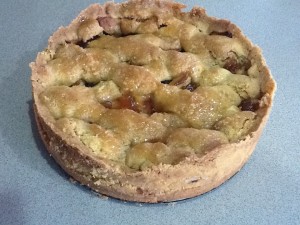
Soak dried fruit in rum, preferably overnight. Pre-heat oven to 160C. Mix butter and sugar until light and fluffy in food processor or with electric beaters. Mix in flour until well mixed and sticking together. Tip out, form into a log and refrigerate for about 30 mins wrapped in plastic wrap. Cut log into three. Cut off slices and use about one third to press all over the bottom of a buttered 30 cm spring-form pan. Bake for 20-30 mins till golden then cool.
Filling: Turn oven up to 170°C. Mix apples with sugar and cinnamon. Line sides of cake tin with about another third of the shortbread. It’s difficult to roll out, so the easiest way is to cut off thin slices and press them onto the sides of the tin like a jigsaw puzzle. Drain dried fruit (keep rum), mix with apples and spread evenly into tin. Use remaining shortbread to make strips and form a lattice to cover apples. You will need to roll out the dough for this. Pinch edges of the lattice onto the sides of the pie so it all joins up. Bake for 1¼ hours or until light golden over the top. Spoon rum through holes between the lattice. Paint lattice with heated and sieved apricot jam, using a pastry brush. Cool thoroughly before removing sides of tin. Serve with whipped cream, pouring cream or vanilla ice cream.
If you make the cake the day before and want to serve it warm, don’t put the apricot glaze on. Next day reheat in a low oven for about 20 minutes and then brush with the apricot glaze. Reheating is optional – it’s perfectly nice at room temperature.
Serves 12


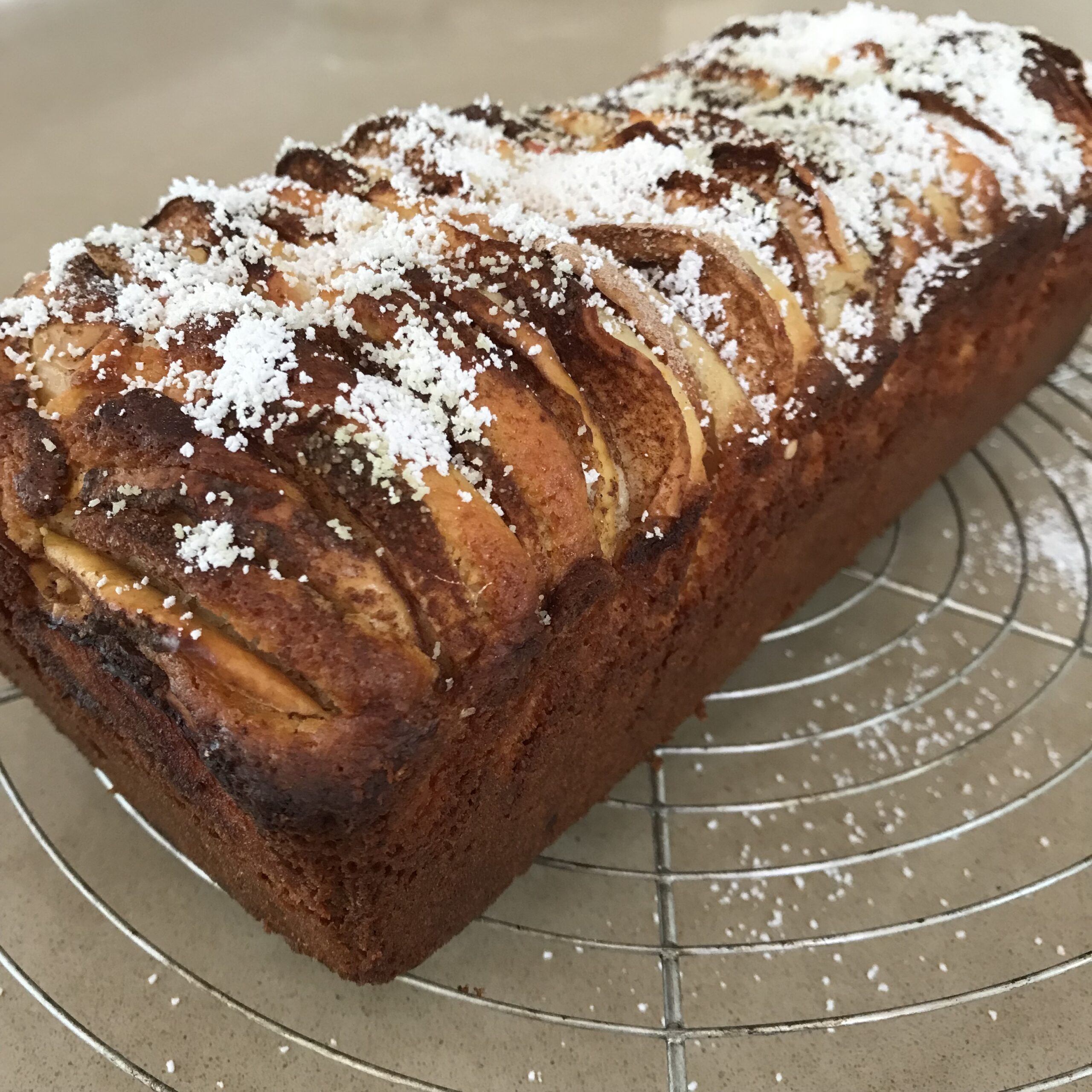
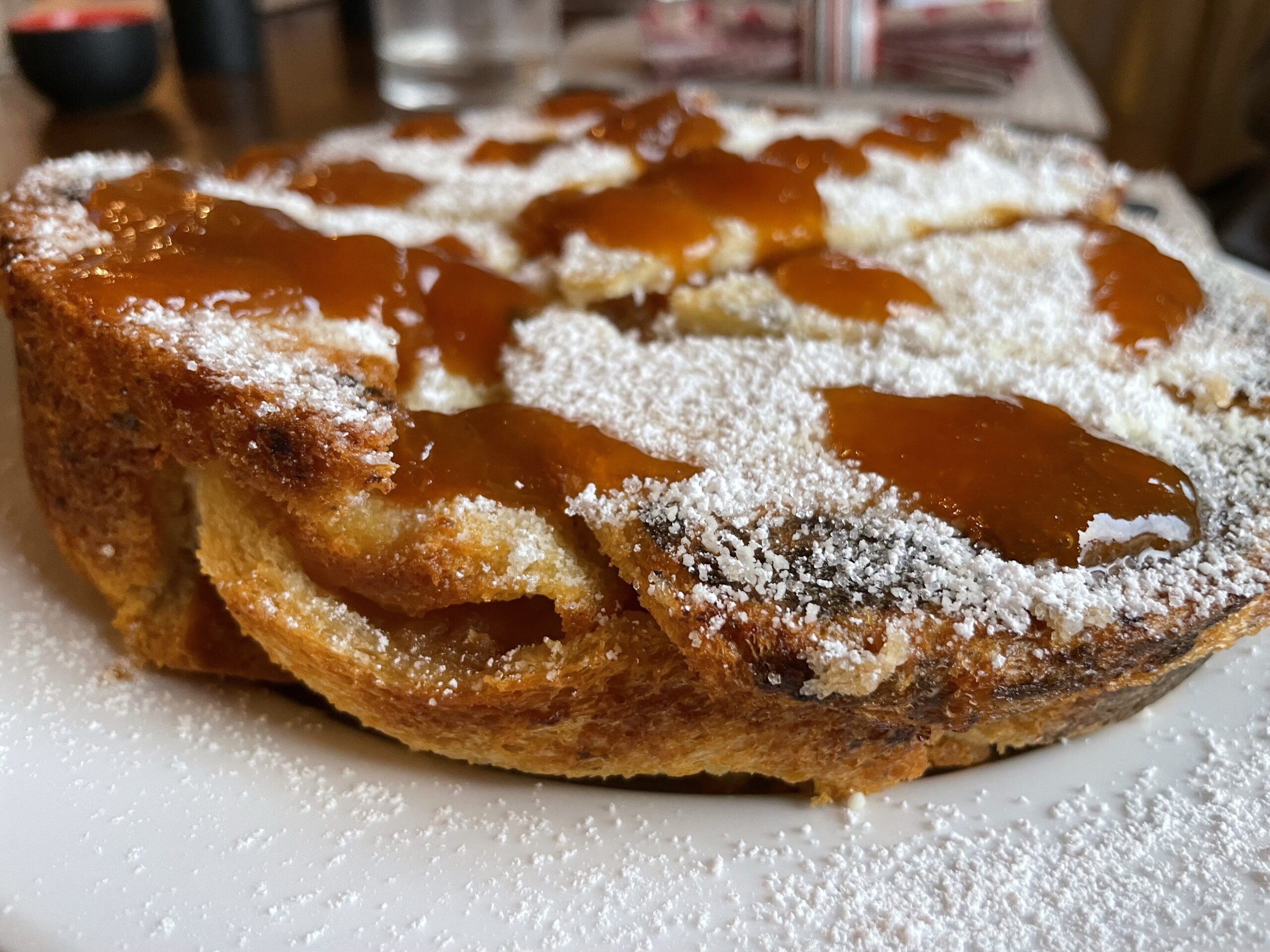
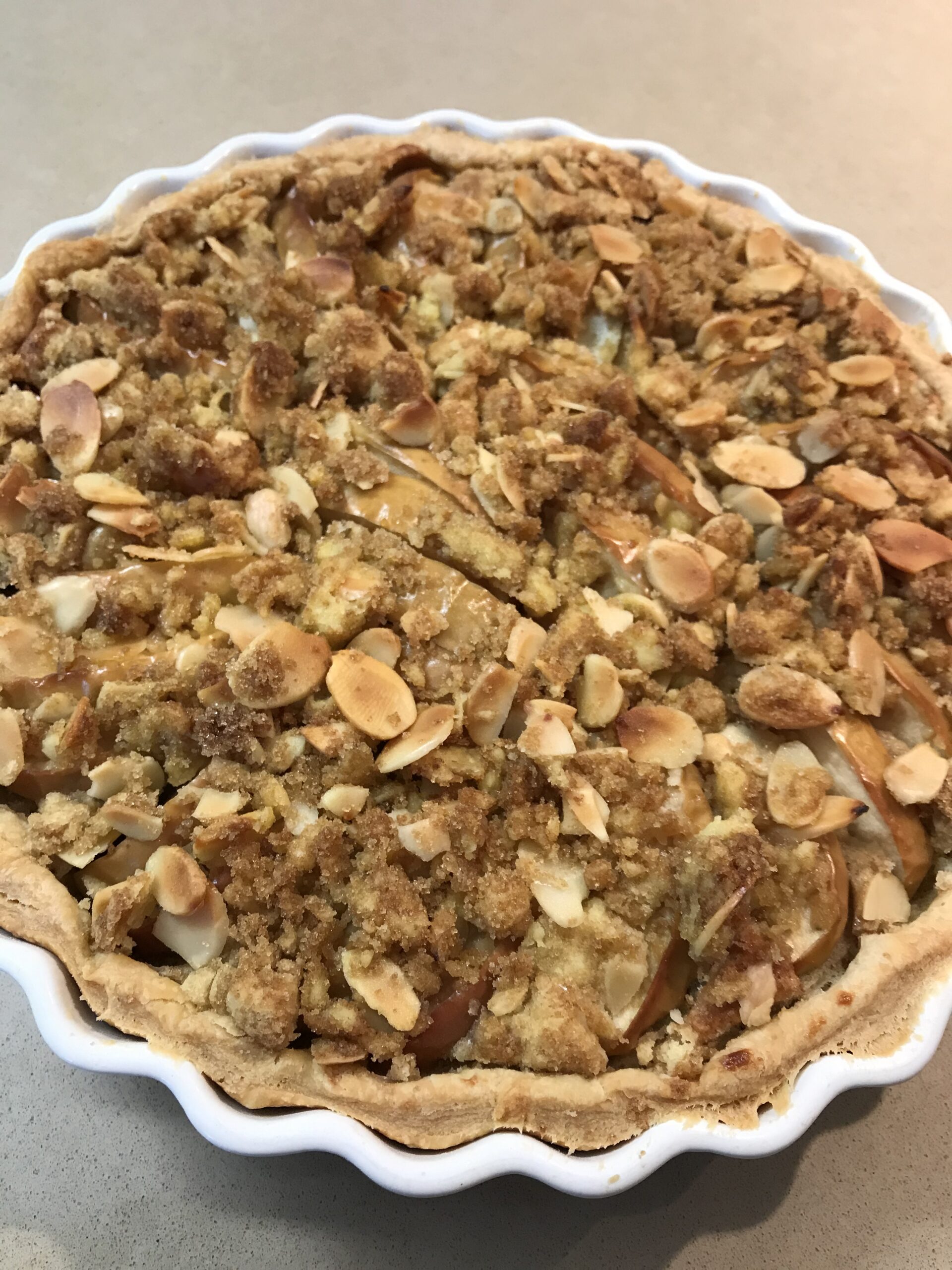
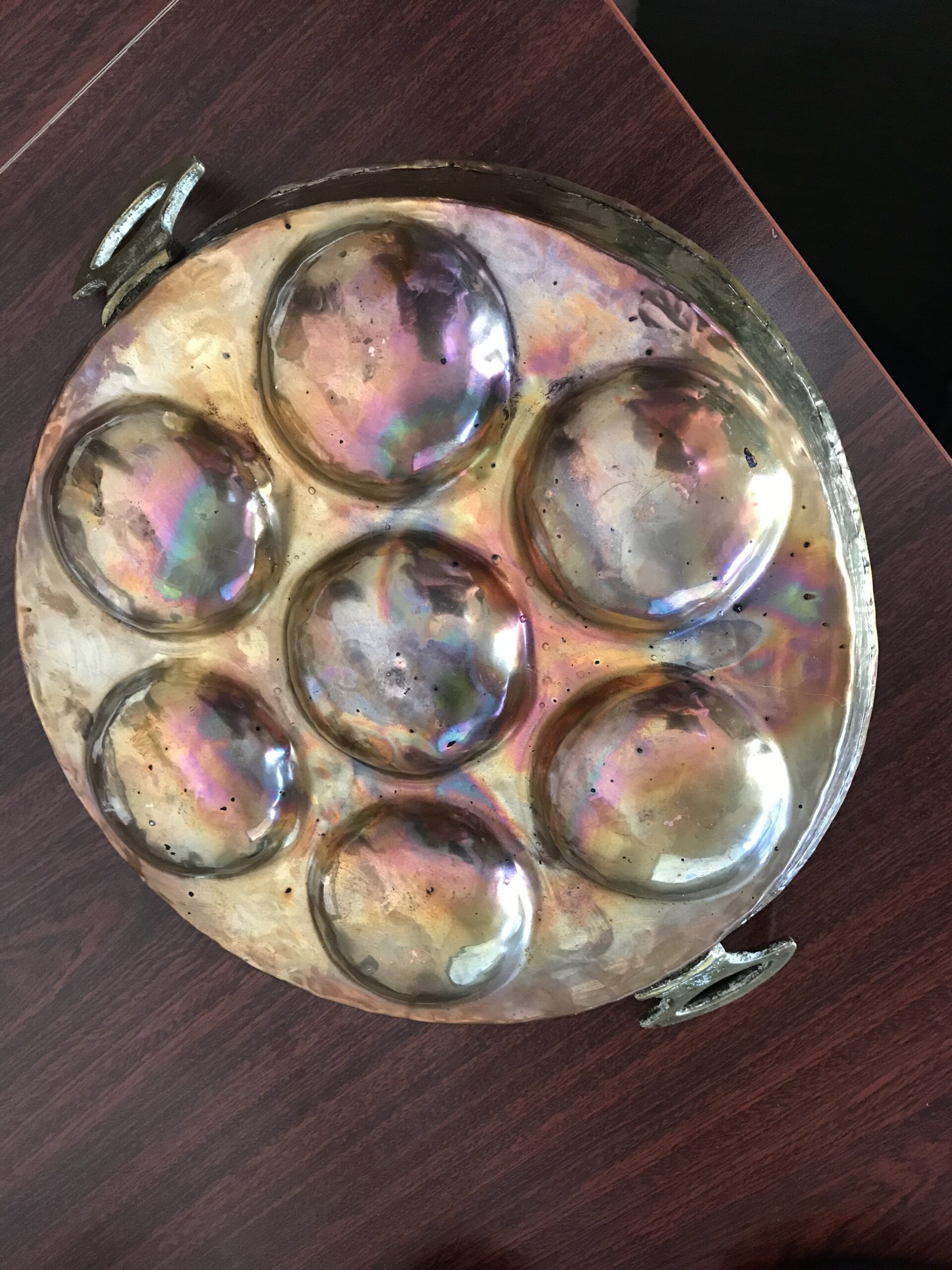

 75g butter
75g butter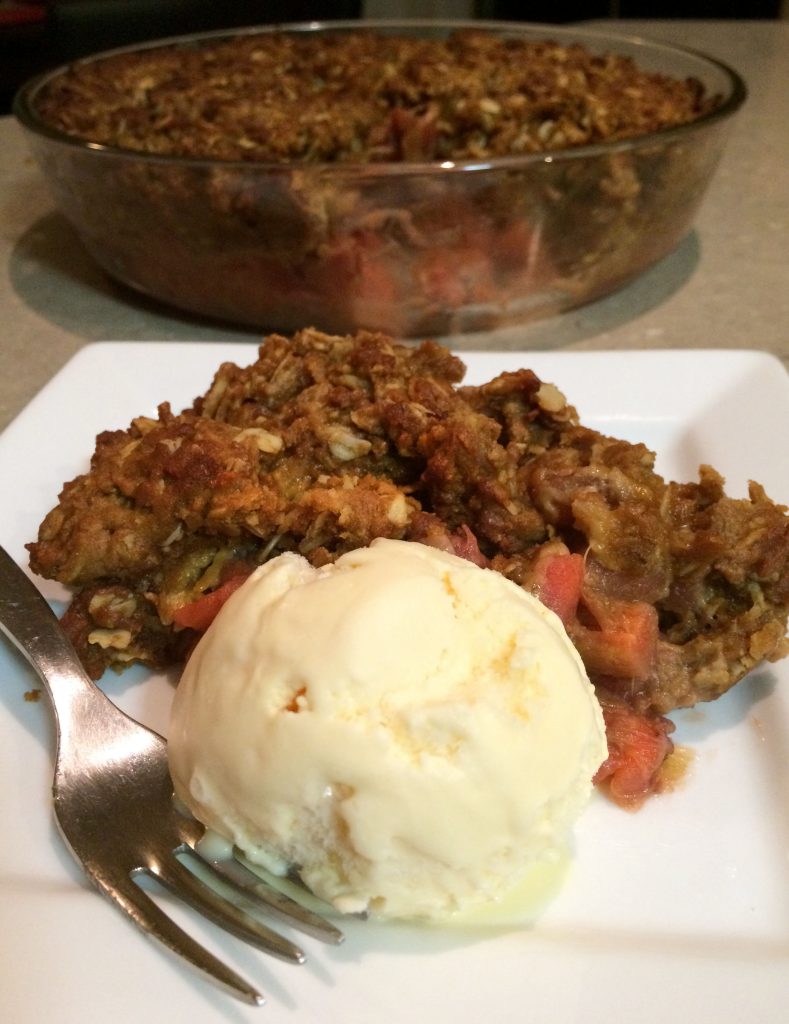
 We all know that children need good role models. But do we ever stop growing up? I think adults also need older friends to look up to and think “That’s how I want to be when I’m that age”. Such friends are a rare commodity and to be treasured.
We all know that children need good role models. But do we ever stop growing up? I think adults also need older friends to look up to and think “That’s how I want to be when I’m that age”. Such friends are a rare commodity and to be treasured.